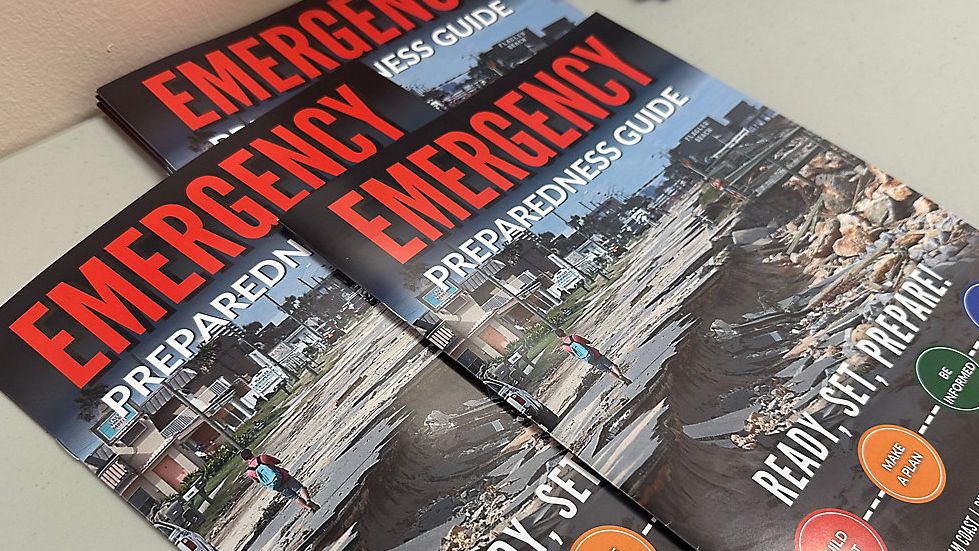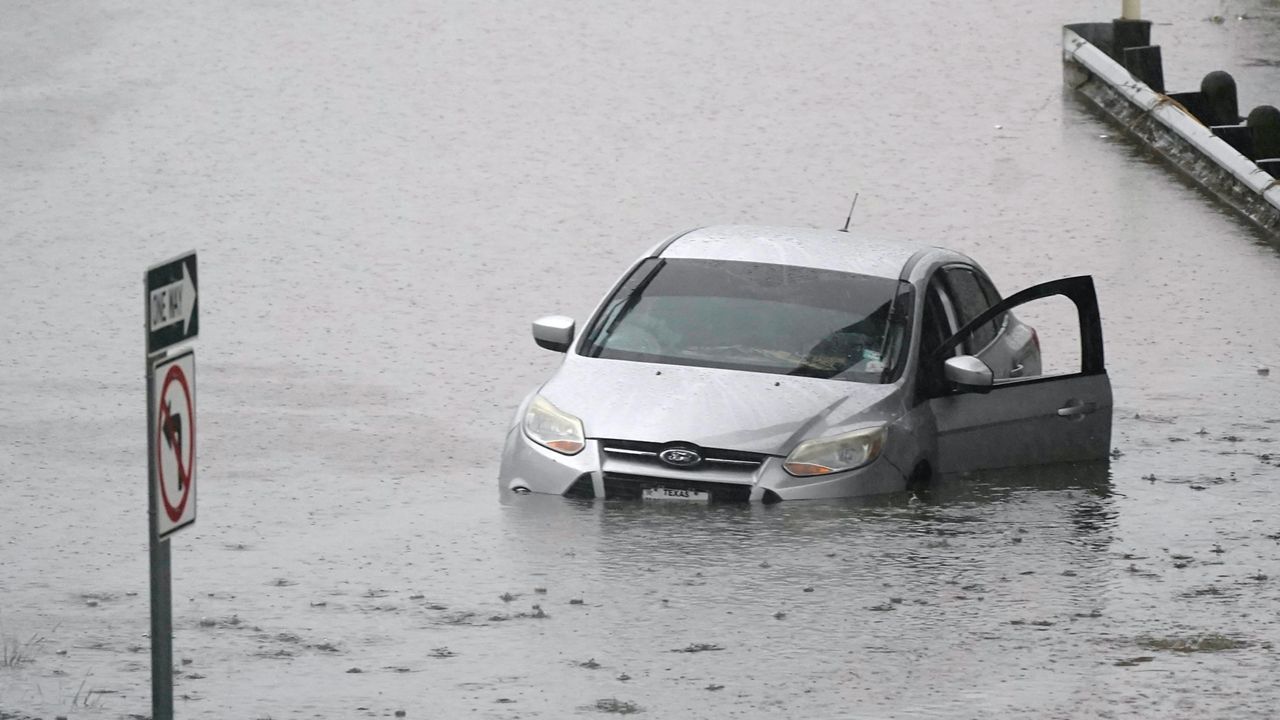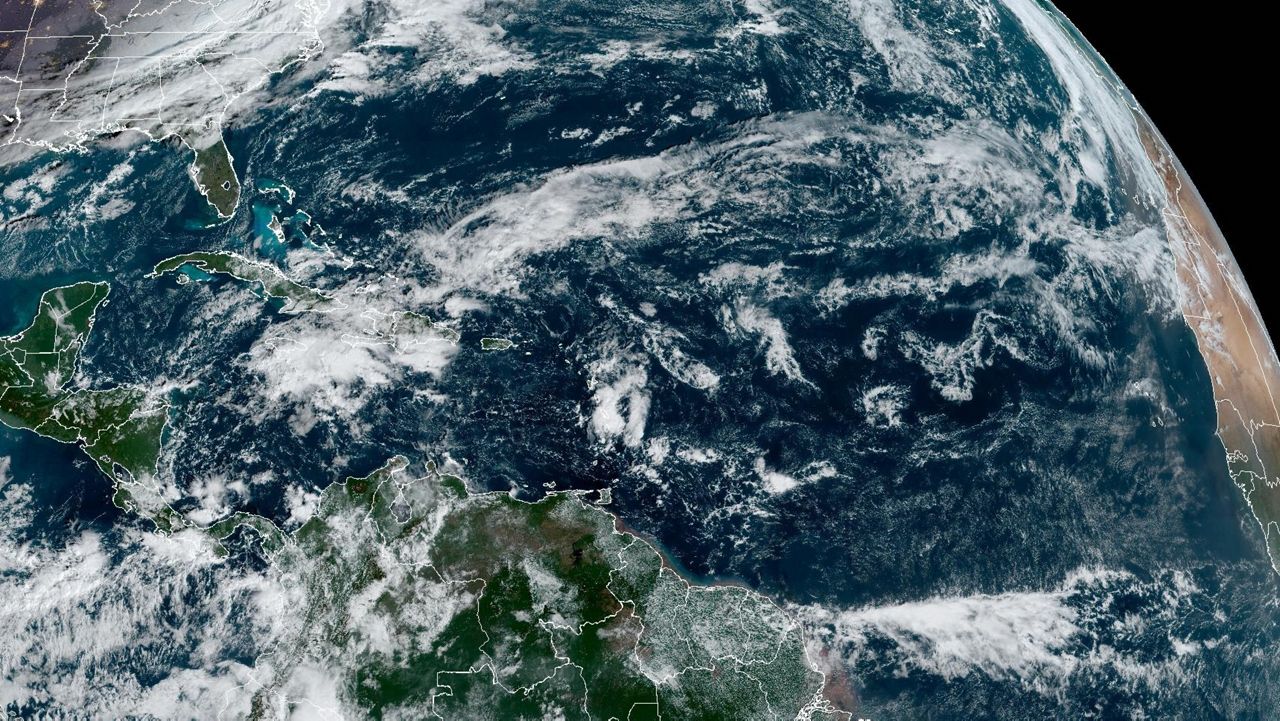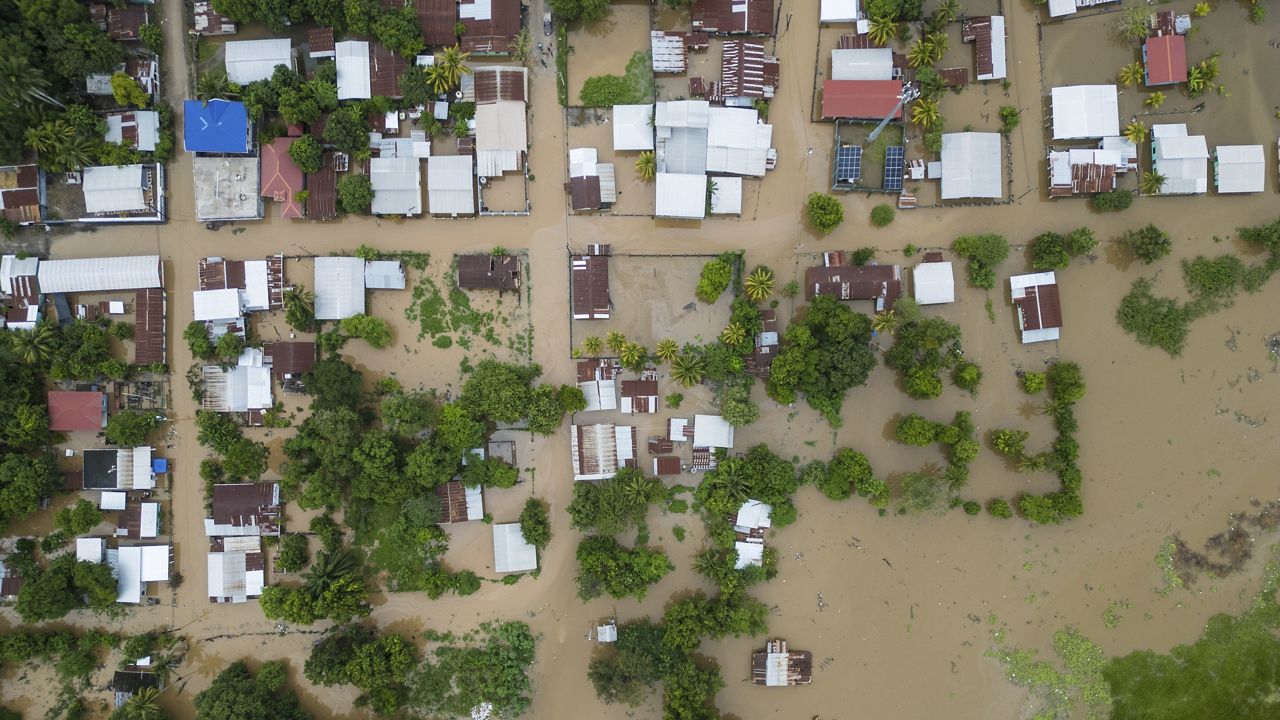Resource Links: ReadyNC.gov | Track/Report Outages | Interactive Radar | Interactive Traffic Map | N.C. Flood Map
WHAT TO DO: BEFORE A HURRICANE
- Plan ahead with an emergency kit. Build an emergency kit, including food, water, medical needs and important documents.
- Make a family communications plan. Identify a friend or relative who lives out-of-state who household members will contact to notify they are safe. Make sure everyone has a cell phone, coins or a prepaid phone card.
- Be aware of your surroundings. Learn the elevation level of your property and whether you are in a flood zone. If there are levees, dams or rivers in your area, be aware of them and whether they pose a hazard for you and your home.
- Learn evacuation routes for your community. Determine where you would go and how to get there if you need to evacuate.
- Make plans to secure your property. Use permanent storm shutters or board up your windows with marine plywood that has already been cut to fit and be installed. Tape does not prevent windows from breaking.
- Keep the exterior of your home in good shape. Trim trees and shrubs so they are wind-resistant. Clear loose and clogged rain gutters and downspouts. Plan to bring in all outdoor furniture, decorations and garbage cans.
WHAT TO DO: DURING A HURRICANE
If a hurricane is likely to strike near your home, take the following steps:
- Stay informed of the storm's track. Watch the Weather Experts or listen to our radio partners for the latest information.
- Secure your home. Close storm shutters, secure outdoor objects and turn off propane tanks.
- Ensure you have a supply of water in case the water is shut off. Fill the bath tub and other large containers with water.
If you are unable to evacuate during a storm:
- Go to a wind-safe room. If you do not have one, then move away from windows and glass doors. Close all interior doors. Secure and brace external doors. Keep curtains and blinds closed. Avoid elevators.
- Take refuge. You can do so in a small interior room, closet or hallway on the lowest level of your home. Lie on the floor under a table or another sturdy object.
WHAT TO DO: AFTER THE HURRICANE
- Stay informed. Use a radio or weather radio to get information. Our weather partners will simulcast coverage when a storm threatens the area.
- Use your mobile device. Watch us on your phone, tablet or kindle through the BHTV app.
- Use flashlights and avoid candles. Any battery-powered light sources should be turned on outside before entering a building, as the battery could produce a spark that might ignite leaking gas.
- Do not return home until authorities declare it is safe to do so. If you have evacuated, only return when notified that it is safe to do so. If you cannot return home and you need shelter, go to your nearest shelter.
- Be careful when traveling on roads. Avoid floodwaters, especially when driving. Avoided flooded roads and washed out bridges. Watch out for fallen objects, downed electrical wires and weakened structures.
- Report safety hazards to authorities if possible. Dangling or loose power lines should be reported to the power company.
- Beware of spoiled and contaminated food and water. Do not drink or prepare food with tap water until you are sure it is not contaminated. Check refrigerated food for spoilage. If in doubt, throw it out.
- NEVER use a generator inside a home or enclosed area. This includes garages, crawl spaces, sheds or similar areas, even if the area has a fan or open doors or windows. Deadly carbon monoxide can build up quickly and can linger for hours.
WHAT TO DO: KEEPING PETS SAFE
- Plan ahead. If you have to evacuate, you will need to find a shelter that can accommodate your pet, as many do not allow pets. In addition, many shelters that accept pets only take dogs and cats.
- Have a "grab and go" bag for your pet. The bag should include an identification collar and rabies tag, a leash or harness, a muzzle (if needed), a supply of food and treats, water and food bowls, medication, medical records, a photo of your pet, newspaper and bags for clean-up. If you have a carrier, be ready to bring that as well.
- Microchip your pets ahead of time. Should your pet become lost during the storm, microchips can help authorities easily reunite you with your pets. Make sure your contact information is up to date.
- Contain your pets. Crate cats and small dogs and put large dogs on a leash. That way if you have to evacuate quickly, you will not waste time trying to find pets that may be scared or hiding. Note: NEVER leave your animals chained up outside.
- Stay as calm as possible. Your pet may be able to detect your panic. If you stay calm, you'll be able to keep your pet calm as well.
- Contact your local animal shelter ahead of time with any questions. Your county's animal control agency should be able to help you with any questions you might have.
WHAT TO DO: FILING INSURANCE CLAIMS
Although the first concern should be safety, it is important to be aware of the need to act promptly when filing claims for damages inflicted to your property by a hurricane.
- Have your policy number available.
- Contact your insurance company as soon as possible.
- Make a list of damages. If possible, document damage with photos.
- Fill out claim forms from insurance company and return them promptly.
- Be sure you understand the claim process. If you are unfamiliar with it or do not understand, ask for a full explanation.
- Contact your insurance company before an emergency to see if you are prepared if a disaster should occur.
WHAT TO DO: EXTRA TIPS
- Did you know that your National Flood Insurance Program Dwelling policy will pay up to $1,000 for costs you incur to protect your home from flood damage or imminent danger of flood? Read your policy.
- Communication during evacuation: Charging your cell phone is high on most preparedness lists, but relying solely on your cell phone can prove unreliable simply because of the sheer volume of calls during such an emergency.
- Privacy: We have all seen those gridlocked highways, moving very slowly. Make some provisions for facilities in your vehicle. A generous sheet of plastic sheeting secured to open car doors and roof clamps will afford some privacy. Include a bucket with plastic bags for a liner and twist ties.
- Mosquito-proof tent: Several scenarios on this. If you evacuate and have a hotel reservation, traffic conditions may delay you and you may lose it. You can always use your tent as a bug-free haven while waiting for a hotel room or house repairs to be completed.
- Sandbags: Millions of sandbags are filled and distributed each year with no information on how to use them correctly. They work wonderfully well when used with lightweight plastic sheeting for low-level flooding up to 4 feet.
- Sewer back-up flooding: You can keep the floodwater out, but your tub and toilet will be like fountains of sewage. Install a manually closed knife-type gate valve in drainage system. A back-flow check valve may work but it is not reliable.
- Don't walk through standing flood water: This is frequently mentioned because of sewer and chemical contamination, but more imminently deadly is the fact that fast rising flood waters will lift manhole covers off. That creates deep holes in the street that you can't see. Falling into one likely will result in drowning.
- Expanding urethane foam? Sometimes it is recommended as a door sealant to keep floodwater out. If you do, this means opening doors with an ax.
- Soffit protection could be a very important step in keeping your roof attached in hurricane force winds. Soffits are usually the first to go in high winds, causing insulation to shift and impede the egress of wind pressure. A simple improvement is to install PVC plastic or wood strips down the center of the soffit and secure it to each rafter or truss with screws.
- Roofs may be further strengthened by securing with straps or cables attached to anchors in the foundation. This can be done by the homeowner or a contractor at relatively low cost compared to retrofitting.
- Turn around - don't drown. Everyone has heard and seen this repeatedly but people still do it. Don't drive a car through floodwaters. Floodwater and sand can ruin a car's transmission and differential. It can also destroy bearings, brakes, computers, wiring and starters.








